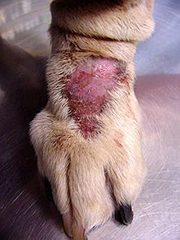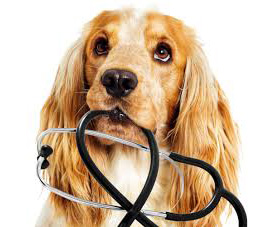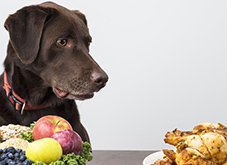Arthritis is a common condition in dogs, especially as they age. It is a degenerative disease that affects the joints, causing pain and inflammation. Managing arthritis in dogs is essential to ensure they have a comfortable and high-quality life.
 |
The first step in managing arthritis in dogs is to make sure they are receiving proper nutrition. A diet that is high in protein and low in calories can help maintain a healthy weight, which can reduce the stress on the joints. Additionally, certain supplements such as glucosamine and chondroitin can help to reduce inflammation and improve joint health.
Exercise is also important for managing arthritis in dogs. While it may be tempting to keep them inactive to avoid causing pain, a lack of exercise can actually make their condition worse. Low-impact exercises such as swimming or walking on soft surfaces can help to keep their joints mobile and reduce stiffness.
Pain management is also an important aspect of managing arthritis in dogs. There are several options available, including non-steroidal anti-inflammatory drugs (NSAIDs), which can be prescribed by a veterinarian. It’s important to work with your vet to find the right treatment for your dog.
Physical therapy and massage can also be beneficial for dogs with arthritis. Physical therapy can help to improve their range of motion and strength, while massage can help to reduce pain and stiffness.
In addition to these steps, it’s important to make certain changes in the dog’s environment. Provide them with a comfortable and orthopedic bed, and make sure they have easy access to areas they need to go like food, water, and the door.
Overall, managing arthritis in dogs requires a combination of proper nutrition, exercise, pain management, and environmental modifications. It is important to work with a veterinarian to develop a plan that is tailored to your dog’s specific needs. With the right care, dogs with arthritis can still lead happy and comfortable lives.






